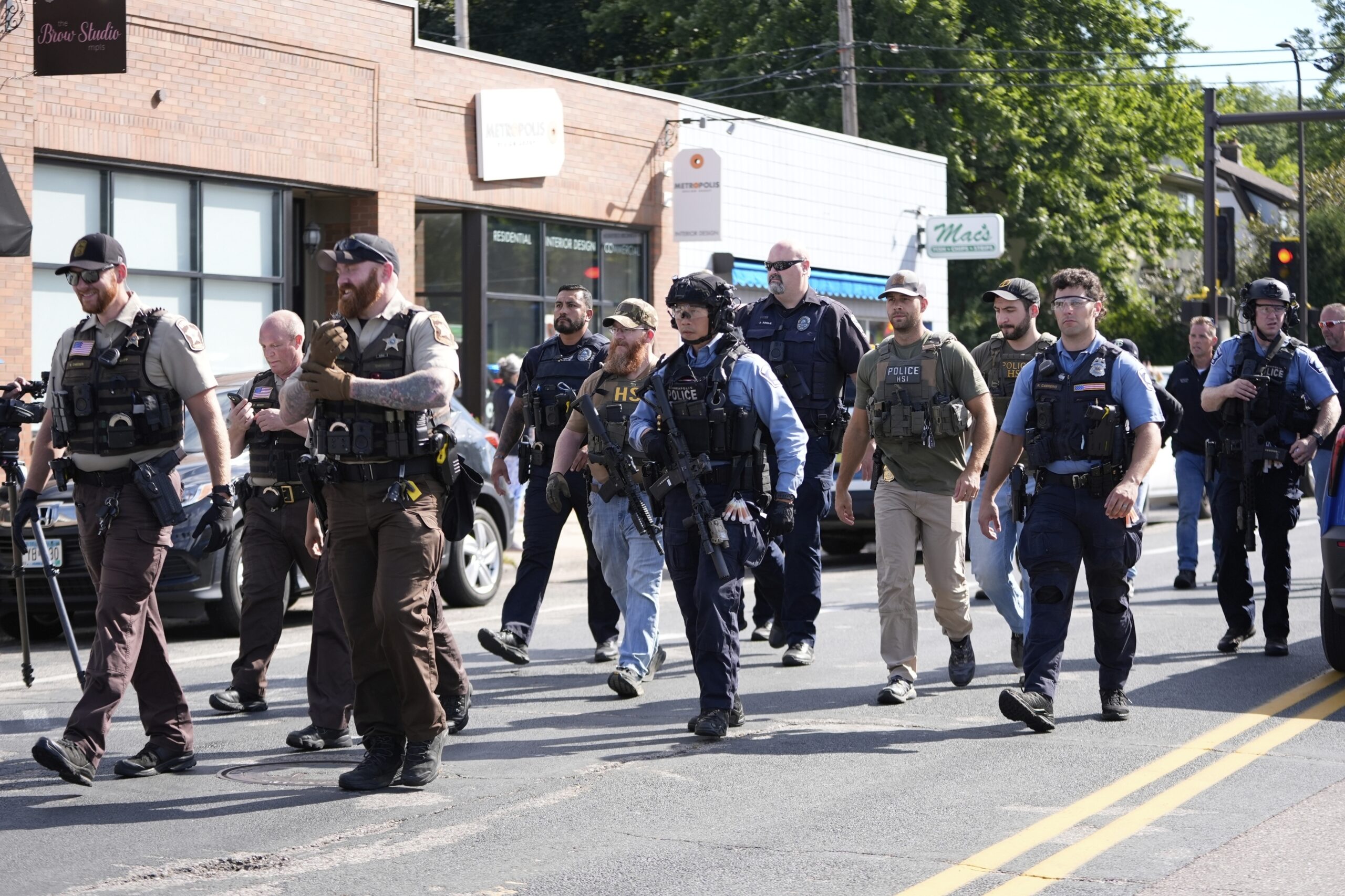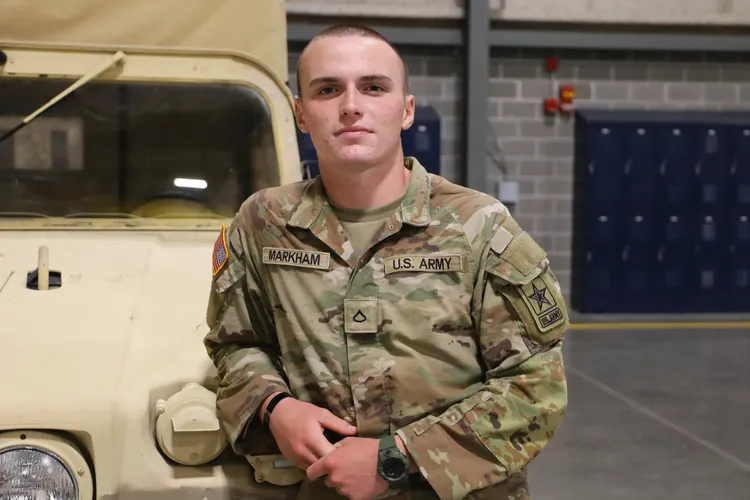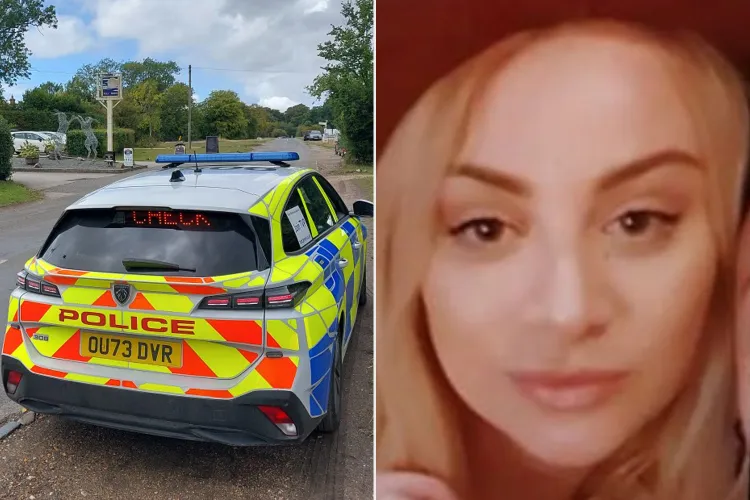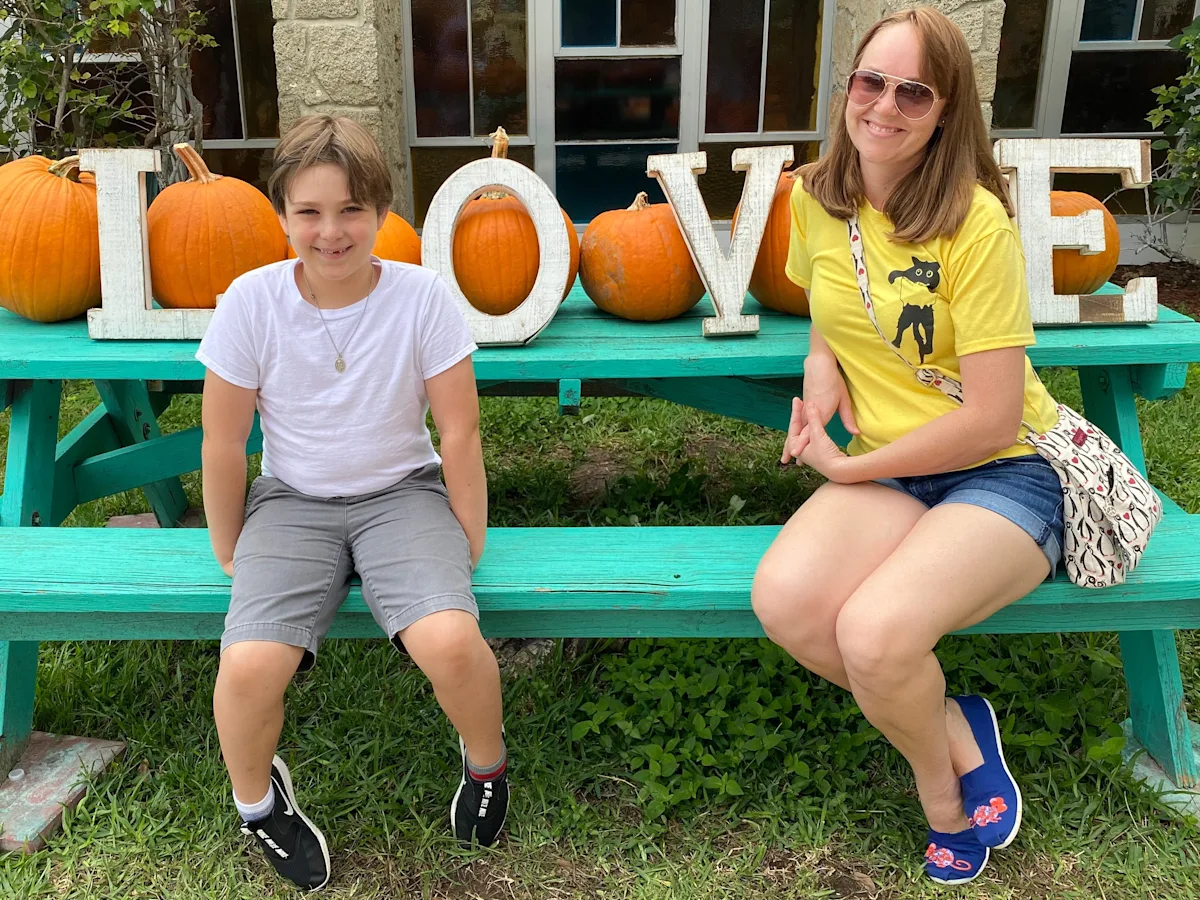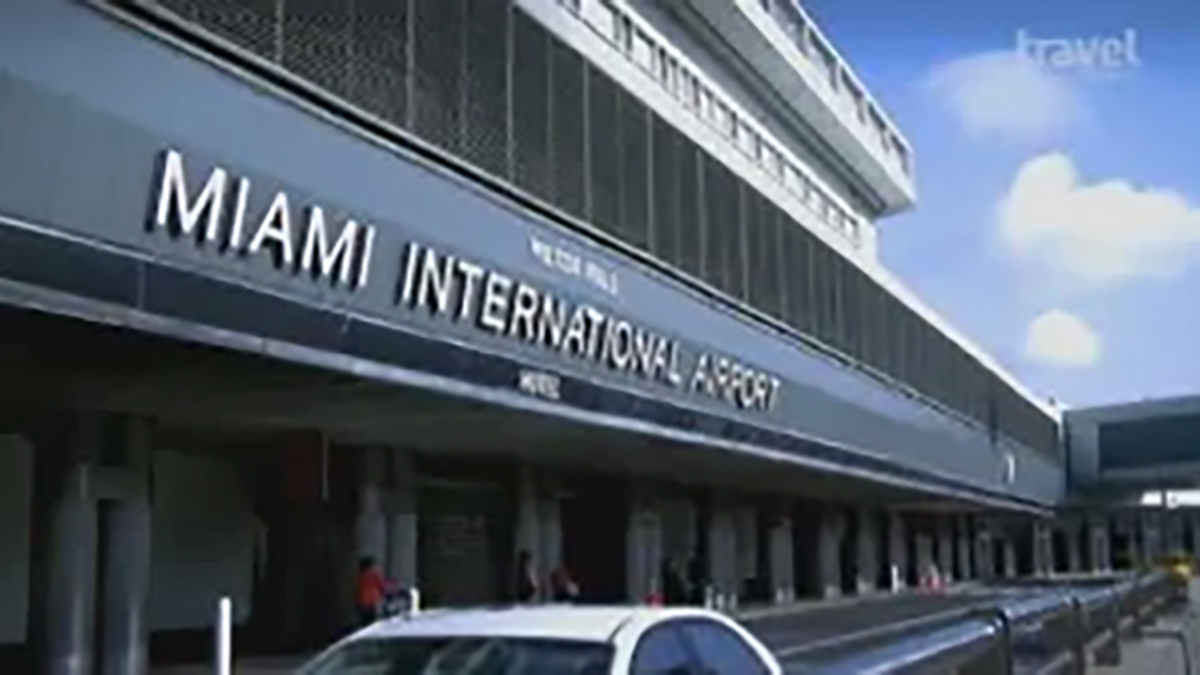On today, a devastating shooting shattered the peace of Annunciation Catholic School in Minneapolis, Minnesota, during a morning Mass celebrating the first week of the school year. A 23-year-old gunman, identified as Robin Westman, opened fire through the church windows, targeting children and worshippers in what police called a “deliberate act of violence.” The attack left two children, ages 8 and 10, dead and 17 others injured, including 14 children, two of whom remain in critical condition. Westman, who died by suicide at the scene, left behind a community in mourning and a nation grappling with yet another senseless tragedy. Here’s what we know about the attack, the investigation, and the profound impact on those affected.
The Morning That Changed Everything
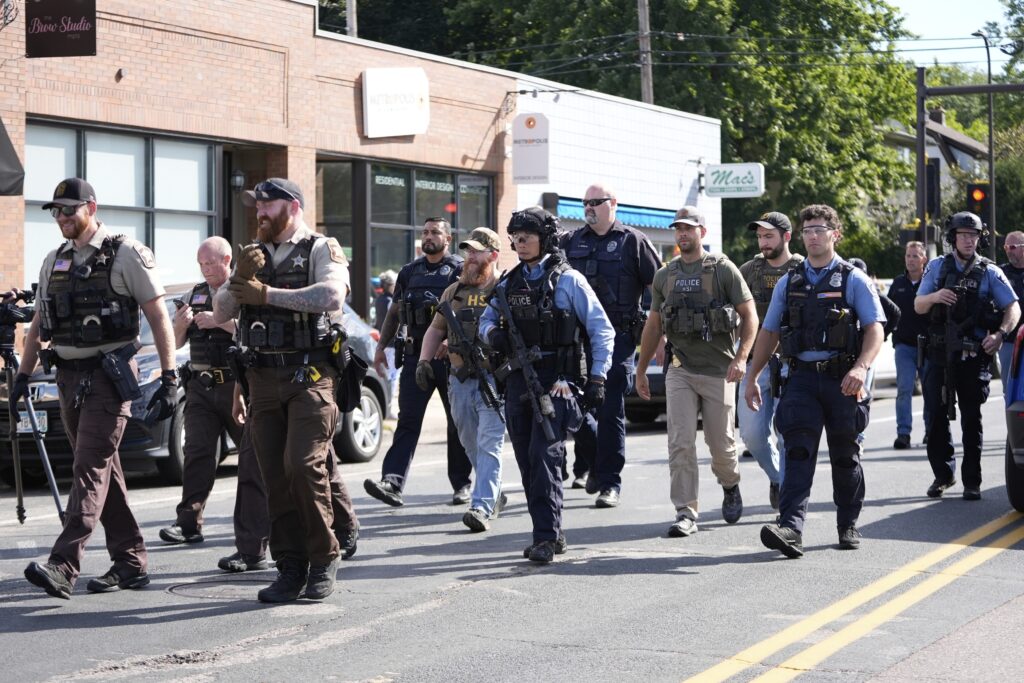
The tragedy unfolded just before 8:30 a.m. at Annunciation Catholic Church, attached to a K-8 school in south Minneapolis. It was the first all-school Mass of the 2025-26 school year, a joyful tradition for the 430 students who had returned to class on Monday. As children and worshippers sat in the pews, Westman, dressed in black and armed with a rifle, shotgun, and pistol, approached the church’s exterior. He barricaded at least two side doors with a wooden plank, possibly to trap those inside, and began firing dozens of rounds through the windows, targeting the children directly.
Minneapolis Police Chief Brian O’Hara described the scene as an “unthinkable tragedy,” emphasizing the “sheer cruelty and cowardice” of shooting into a church full of children. The gunfire, lasting about two minutes according to youth pastor Ellie Mertens, sent worshippers scrambling for cover. “I was in one of the pews next to the window,” Mertens told NBC News. “It was an automatic gun, and we all got down.” Two children, an 8-year-old and a 10-year-old, were killed where they sat, their parents notified amid heartbreaking scenes of grief. Seventeen others were injured, with 14 children among them, including two in critical condition at local hospitals like Children’s Minnesota and Hennepin Healthcare.
A Suspect’s Dark Trail
The shooter, identified by multiple sources including CBS News and the Minneapolis Star Tribune, was Robin Westman, a 23-year-old from suburban Richfield. Westman, who legally changed his name from Robert in January 2020, had a limited criminal history and no known extensive record, according to O’Hara. His mother reportedly worked at Annunciation School in some capacity, raising questions about a possible connection to the church. Westman died of a self-inflicted gunshot wound in the rear of the church, leaving behind a vehicle in the parking lot and a smoke bomb, though no explosives were found.
Investigators are scouring Westman’s background for a motive, which remains elusive. NBC News reported that federal law enforcement found videos and writings online, including references to suicide, “extremely violent thoughts,” an apology to his family, and a sketch of a church’s interior layout. A notebook with a sticker referencing a German band linked to the Columbine shooters was also noted, though the band has denounced violence. These clues suggest premeditation, but police have yet to confirm why Westman targeted the school or how he obtained his arsenal.
A Community’s Anguish and Response
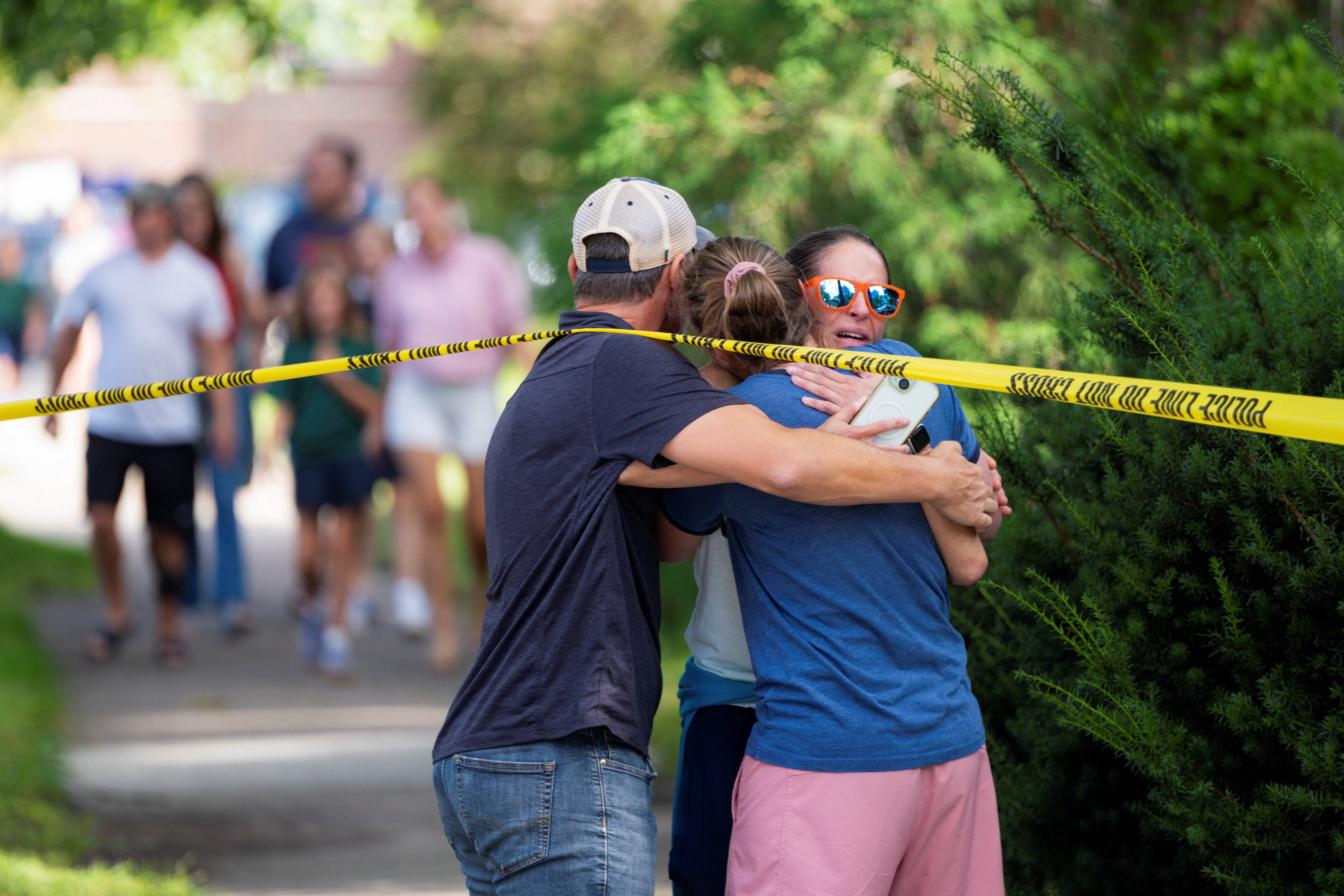
The attack left Annunciation’s tight-knit community in shock. Parents rushed to a reunification zone at the school, some reuniting with blood-covered children who had witnessed unimaginable horror. Renee Lego, a parishioner with two children at the school, told the Minneapolis Star Tribune her son mistook the gunshots for “fireworks or a gas explosion” before seeing people fall. Mike Garrity, a neighbor, saw crying children, some bloodied, streaming out of the church, a scene he likened to a war zone.
Minneapolis Mayor Jacob Frey, visibly emotional, rejected platitudes about “thoughts and prayers.” “These kids were literally praying,” he said, emphasizing the tragedy’s gravity. “Children are dead. Think of this as if it’s your own.” Minnesota Governor Tim Walz called the violence “horrific,” noting the school’s first week was marred by the attack. President Donald Trump ordered U.S. flags at half-staff, and federal agencies, including the ATF and FBI, joined the investigation.
Local hospitals treated the wounded, with Hennepin Healthcare admitting 10 patients (eight children, ages 6 to 14) and Children’s Minnesota caring for six. The school was evacuated, and police with K-9 units swept the neighborhood, ensuring no further threats.
A Broader Context of Violence
The shooting came on the heels of three other deadly shootings in Minneapolis within 24 hours, including one in the Phillips neighborhood that killed one and injured six. Police confirmed these incidents were unrelated, but the cluster of violence heightened the city’s sense of unease. Nationally, the tragedy adds to a grim toll of school shootings, with communities like Newtown, Connecticut, and Uvalde, Texas, still scarred by similar horrors.
Posts on X captured public outrage, with users lamenting the recurrence of such tragedies and calling for action on gun violence. One post read, “Kids praying in church, and this still happens. When do we say enough?” The sentiment reflects a collective frustration, though solutions remain divisive.
Seeking Answers and Healing
The investigation is ongoing, with police urging anyone with information to contact them. Authorities are piecing together Westman’s motives, examining his digital footprint, and tracing his weapons. The community, meanwhile, is rallying to support the victims’ families. Annunciation School, a cornerstone of faith and education, faces a long road to recovery, with counseling services and vigils planned to honor the lost.
This tragedy underscores the fragility of safety in places meant to be sanctuaries. As Minneapolis mourns two young lives and prays for the injured, the nation confronts yet another call to address gun violence and protect its children. For now, the focus is on healing, but the search for why—and how to prevent it again burns urgently.

